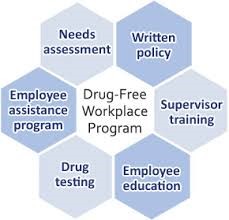
Workplace drug testing programs are an effective way to reduce your company’s risk to the consequences of illegal drug use by employees. Employees are notified of screening procedures when they first apply for employment, and agree to submit for additional testing as required. Most employees willingly comply with your screening policies, but there are also many who are prepared to resort to some shady actions to conceal their recreational drug use.



